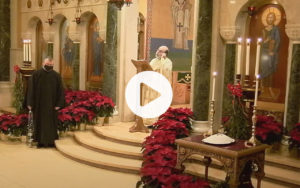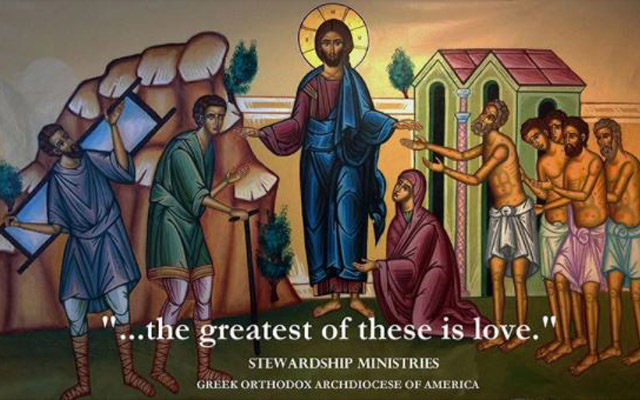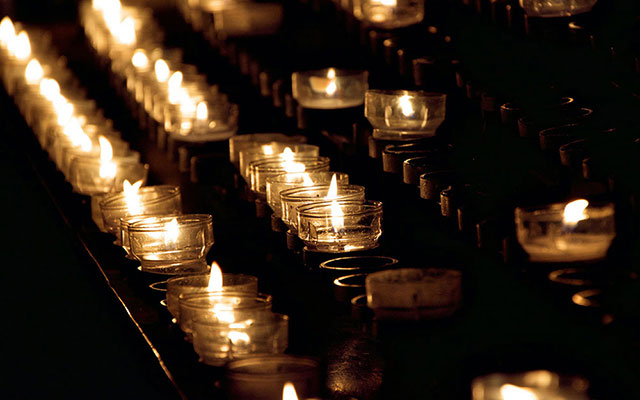Eastern Christianity: The Patristic Period
As I [have] shared …the desert fathers and mothers focused more on the how than the what. Their spirituality was very practical: virtue and prayer-based. Now we turn to its parallel, the Patristic Period, which emphasized the what—the rational, philosophical, and theological foundations for the young Christian religion. This period stretches from around 100 CE (the end of the Apostolic Age) to either 451 CE (with the Council of Chalcedon) or as late as the eighth century (Second Council of Nicaea






